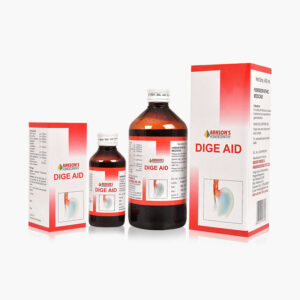What is Peptic Ulcer?
Peptic ulcer disease (PUD) is characterized by discontinuation in the inner lining of the gastrointestinal (GI) tract because of gastric acid secretion or pepsin. This is usually confined to the stomach and proximal duodenum.
Gastric ulcers are most commonly located on the lesser curvature of the stomach differentiating them from duodenal ulcers which are located at the duodenal bulb. The main mechanism behind the pathogenesis of peptic ulcer is the imbalance between gastric mucosal protective and destructive factors.
PUD is a global problem with a lifetime risk of development ranging from 5% to 10%. However, the overall incidence of PUD is decreasing globally due to effective treatment strategies and improved hygienic and sanitary conditions.
Risk factors
H. Pylori infection accounts for the majority of the peptic ulcer development (Helicobacter- Pylori Associated PUD). The bacteria is responsible for almost 70% of gastric ulcers and the infection is more common in low socioeconomic strata. The organism adheres to the gastric mucosa altering the properties and causing inflammation resulting in achlorhydria.
Other causes:
- NSAID- associated PUD
- Zollinger- Ellison syndrome
- Malignancy
- Viral infection
- Crohnעs disease
- Chemotherapy
Sign and symptoms
Symptomatology differs with the location of the disease. Gastric and Duodenal ulcers may be differentiated from their timings and relation to meals. Burning epigastric pain worse by unrelated to food is a presentation of peptic ulcer. On the other hand, duodenal ulcer pain will be almost 9-min-3 hours after the meal, usually at night and is relieved from eating.
Other symptoms of peptic ulcer are-
- Bloating
- Abdominal fullness
- Nausea and vomiting
- Weight loss/weight gain
- Hematemesis
- Melena
Diagnosis
The diagnosis of PUD is based on history. Physical examination and invasive/ non-invasive. It is important to inquire about the nature of abdominal pain and its relation to meals. Abdominal examination reveals epigastric tenderness and may show signs of anaemia due to perforation. Esophagogastroduodenoscopy (EGD) is the gold standard and most accurate test to diagnose the peptic ulcer.
General management
Proper medications with dietary regulation is the choice of treatment of PUD.
Warning: Above information provided is an overview of the disease, we strongly recommend a doctor’s consultation to prevent further advancement of disease and/or development of complications.
Disclaimer: The information provided herein on request, is not to be taken as a replacement for medical advice or diagnosis or treatment of any medical condition. DO NOT SELF MEDICATE. PLEASE CONSULT YOUR PHYSICIAN FOR PROPER DIAGNOSIS AND PRESCRIPTION.



 Login
Login












